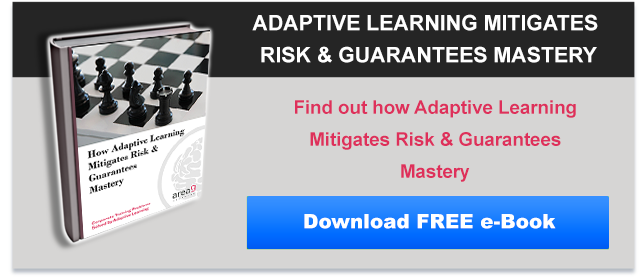If, as a chief compliance officer, you’re looking to mitigate risk by training your healthcare staff in compliance issues, you’re probably looking for a type of corporate training that can deliver scalability, a quick method that doesn’t take learners out of the workplace for too long, and the ability to keep learners engaged so their compliance training can help when it’s needed most.
Gamification is one such trendy training program that is becoming popular in healthcare training. Because gamification treats learning like a game, with leaderboards and so on, it can be attractive to learners: if they’re stuck in boring corporate training anyway, they might as well try to outscore their friends. Gamification does check some of the desirable training boxes, like scalability, and anyone can enjoy a learning atmosphere that has fun as its goal.
But, ultimately, gamification fails healthcare compliance. There are three main reasons why gamification is not the optimal learning system for healthcare compliance.
1. Gamification doesn’t adjust to the needs of individual learners.
In any given workplace, a chief compliance officer needs a training system that is able to adjust to the needs of a diverse set of learners. Studies have shown that gamification leaderboards increase learner engagement when all the learners have roughly the same knowledge. But if there is a wide variation in knowledge between the people at the top of the leaderboard and the people at the bottom, the learners who aren’t doing as well will start to feel disenchanted, left behind, and disengaged, when they’re supposed to be learning new skills.
This kind of one-size-fits-none situation makes the people who are struggling the most feel incompetent, even if they are excellent employees. If your workplace is large, and if your employees have different levels of compliance knowledge, gamification may not be the most effective instructional approach for compliance.
2. Gamification takes too long.
If the idea of the learning platform is to keep players playing, when does the learning actually take place? Gamification works best by getting players hooked, but getting hooked doesn’t necessarily mean achieving learning mastery. It means playing the game. Gamification encourages learners to spend time trying to outscore their coworkers, rather than learning concepts as efficiently as possible.
When the need to mitigate risk is concerned, you need mastery, not hours logged, because only learning mastery can ensure better results from training. Simply completing a course is not an indication of deep learning; it may only show that an employee can successfully cram for an exam.
3. Gamification doesn’t improve mastery.
While gamification can appeal to wide ranges of people interested in assigning a score to their learning progress, corporate training doesn’t necessarily work like gaming does. We don’t all learn the same way or at the same pace: a learning platform based on high scores only proves that one learner excels at this particular type of learning. It doesn’t prove they have developed new skills or that they’ll be a better employee than they were before.
Adaptive Learning: the Healthcare Compliance Alternative to Gamification
Adaptive Learning, on the other hand, is specifically built to adapt to different learners’ abilities. It doesn’t single out those who are falling behind and humiliate them; it helps them. It doesn’t compartmentalize its curriculum into sections of a long trivia game. In fact, it reduces training time by 50%. Meanwhile, Adaptive Learning actually increases learning mastery, so your employees study less but learn more.
Would you like to know more about Adaptive Learning’s approach to compliance training? Download this free ebook for more information.
References:
https://www.sciencedirect.com/science/article/pii/S074756321630855X
https://people.uta.fi/~kljuham/2014-hamari_et_al-does_gamification_work.pdf






